Vishnu’s World in the Padma Purana: The Cosmic Play of the Divine
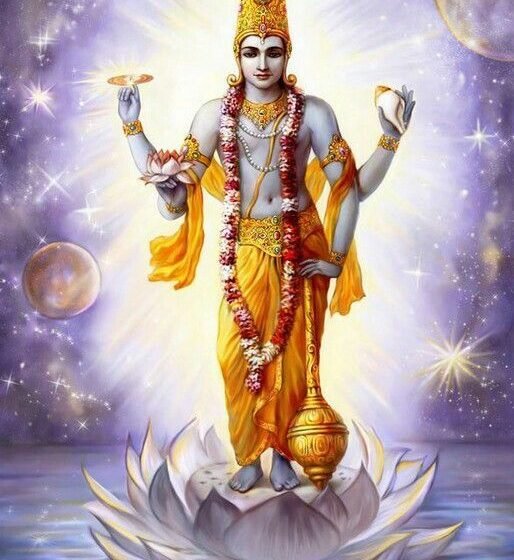
The Padma Purana is one of the most important texts in Hinduism, belonging to a group of 18 sacred texts called the Mahapuranas. These ancient writings discuss a wide range of topics, including the creation of the universe, stories of gods and goddesses, the importance of living a moral life, and how to achieve spiritual liberation. Among the Mahapuranas, the Padma Purana is unique for its focus on devotion, especially to Lord Vishnu, and its detailed exploration of Hindu myths and traditions. This blog will walk you through the history of the Padma Purana, its mythology, the important teachings within it, and its influence on Hinduism today.
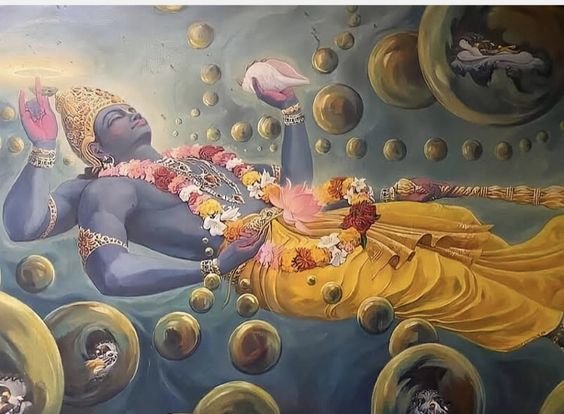
History
The Padma Purana is believed to have been written between the 4th and 10th centuries CE, though the exact date of its origin is unknown. Like many ancient Hindu texts, the Padma Purana evolved over time, with different sections being added by various scholars and devotees over the centuries. It is named after the lotus (Padma), which is a powerful symbol in Hinduism representing purity, beauty, and creation. The Padma Purana is a large text, divided into five main sections, known as Khandas. Each section focuses on a different aspect of Hindu belief, ranging from the creation of the universe to instructions on how to live a righteous life.
One of the most significant aspects of the Padma Purana is its promotion of Vaishnavism, the worship of Lord Vishnu. Although Vishnu is a central figure, the text also acknowledges the importance of other deities like Lord Shiva and the goddess Lakshmi. Over time, regional versions of the Padma Purana emerged, each adding its own local stories and cultural practices. This blending of traditions and stories makes the Padma Purana a diverse and multi-faceted text.
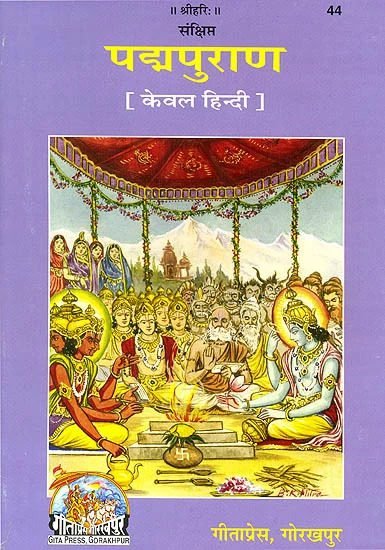
Mythology
The Padma Purana is filled with fascinating myths and stories that explore the relationship between gods, humans, and the universe. One of the central stories in the text is the creation of the world. According to the Padma Purana, Lord Vishnu rests on the cosmic serpent, Ananta, floating on the cosmic ocean. From his navel grows a lotus, and from this lotus emerges Brahma, the creator of the universe. Brahma then begins the process of creation, bringing the world and all living beings into existence.
The text also narrates the different incarnations (avatars) of Vishnu, with special emphasis on his roles as Rama and Krishna. These incarnations were taken by Vishnu to protect the world from evil and restore balance during times of chaos. The stories of Rama and Krishna are full of moral and ethical lessons, showing how righteousness and devotion can overcome even the greatest challenges.

Another famous myth described in the Padma Purana is the churning of the ocean, or Samudra Manthan. In this story, both gods and demons work together to churn the ocean of milk to obtain amrita, the nectar of immortality. This event highlights the eternal struggle between good and evil and shows how cooperation, even between enemies, can bring about important outcomes.
Gunas (Qualities)
The concept of gunas, or qualities, plays a central role in Hindu philosophy, and the Padma Purana explains these in detail. According to Hindu thought, everything in the universe is influenced by three gunas or qualities:
- Sattva: Purity, goodness, knowledge, and harmony. People with a dominant Sattva quality are calm, wise, and focused on spiritual growth.
- Rajas: Passion, activity, desire, and ambition. Those with a strong Rajas influence are driven by desires, ambitions, and a need for action.
- Tamas: Darkness, ignorance, laziness, and confusion. Individuals with a dominant Tamas quality tend to be slow, lethargic, and ignorant of spiritual truths.
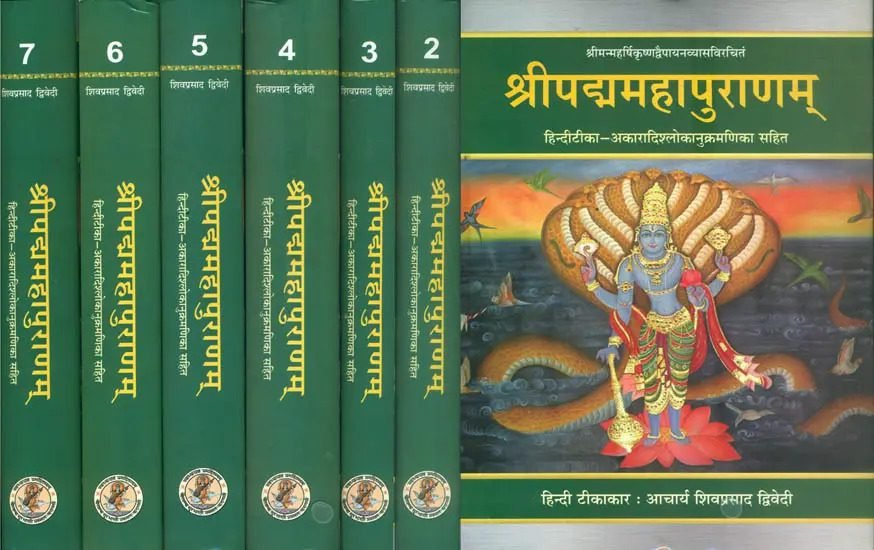
The Padma Purana teaches that while all three gunas are present in every person, one should aim to cultivate more Sattva in order to grow spiritually. At the same time, it recognizes the importance of Rajas and Tamas in maintaining the balance of life. Understanding and managing these gunas can help individuals lead better lives, both spiritually and in the material world.
Deities
While the Padma Purana primarily celebrates Lord Vishnu, it also acknowledges the importance of other deities, making it an inclusive text. Vishnu is seen as the protector and preserver of the universe, coming to Earth in different forms to save humanity from evil. His incarnations, such as Rama and Krishna, teach lessons of dharma (righteousness), devotion, and justice.

Lord Shiva, the destroyer and transformer in Hindu mythology, is also honoured in the text. Shiva’s role in the cosmic cycle of creation, preservation, and destruction is acknowledged as essential to the balance of the universe. Additionally, the Purana highlights the significance of goddesses like Lakshmi, the goddess of wealth and prosperity, who is Vishnu’s consort, and Saraswati, the goddess of knowledge and wisdom.
The Purana’s approach to worshipping multiple deities reflects the Hindu belief in the interconnectedness of the divine forces, each playing a unique role in maintaining the universe’s order.

Writers
Traditionally, the Padma Purana is attributed to the sage Vyasa, who is said to have composed or compiled several other Hindu texts, including the Mahabharata. However, because the text was written over a long period, different writers and scholars contributed to it. This makes the Padma Purana a compilation of teachings and stories that reflect various traditions within Hinduism.
Verses
The Padma Purana contains over 55,000 verses, making it one of the longest Puranas. These verses are written in a poetic style, which makes the teachings and stories more memorable and easier to recite. The text is divided into several sections, each focusing on different topics. For example, the Shrishti Khanda describes the creation of the universe, while the Bhumi Khanda talks about the geography of the Earth and its sacred places.
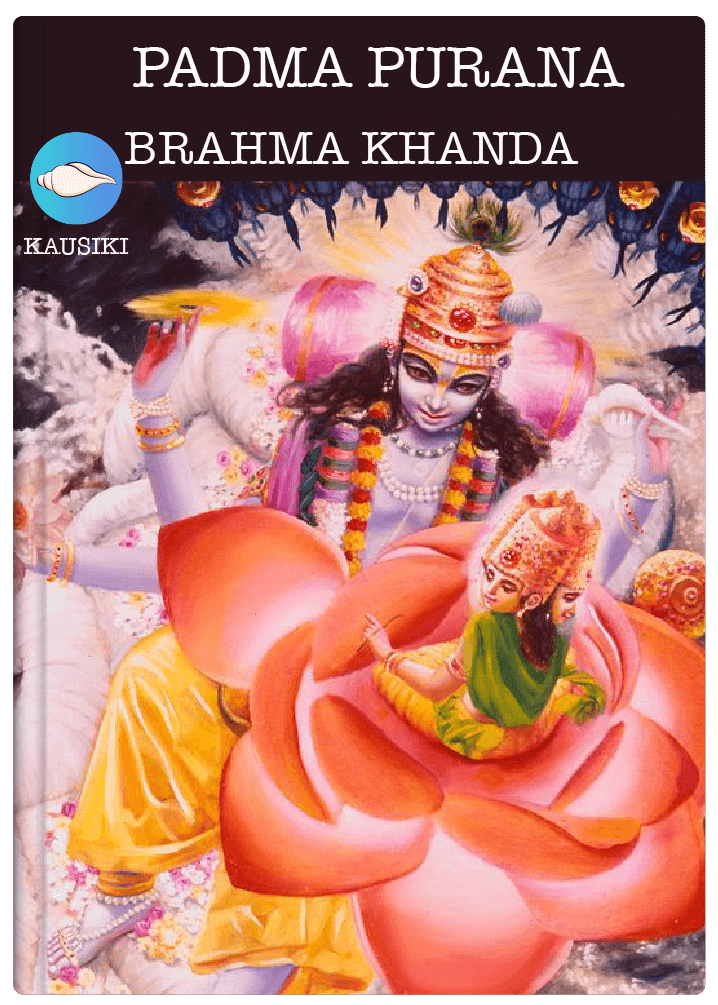
Worship
The Padma Purana offers detailed instructions on how to worship various deities, especially Vishnu. It explains different rituals, prayers, and fasting practices that help devotees connect with the divine and gain spiritual merit. The Purana emphasizes the importance of bhakti (devotion) as the highest form of worship. It teaches that devotion to the gods, especially Vishnu, is the key to achieving moksha (liberation from the cycle of birth and death).
One of the unique aspects of the Padma Purana is its focus on everyday devotion. It encourages people to show devotion in small ways, through regular prayers, acts of kindness, and living a life of righteousness. The text also highlights the power of certain pilgrimages and sacred sites, explaining how visiting these places can cleanse one’s sins and bring them closer to the divine.

Legacy
The Padma Purana has had a lasting impact on Hindu culture and religious practices. Its stories and teachings continue to inspire millions of Hindus around the world. Many of the rituals and practices described in the text are still performed today, especially during festivals and important religious ceremonies. The Purana has also played a key role in shaping the way Hindus understand devotion, ethics, and the nature of the universe.
In addition to its religious significance, the Padma Purana has also contributed to Indian art, literature, and music. Many of the stories from the Purana have been adapted into plays, paintings, and songs, keeping the traditions alive across generations.
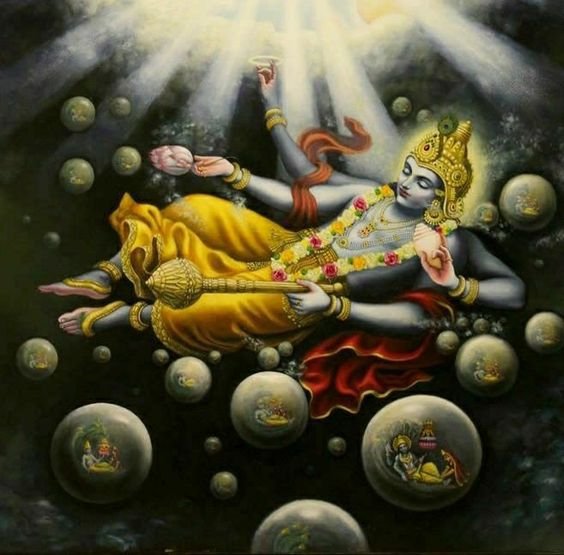
Scientific Learnings
Although the Padma Purana is mainly a religious and mythological text, it also touches upon scientific ideas, especially when it comes to the creation of the universe. The text describes the cyclic nature of time, where the universe is created, destroyed, and recreated in endless cycles. This idea has some similarities to modern scientific theories about the universe’s expansion and contraction.
The Padma Purana also emphasizes the interconnectedness of all living beings, encouraging people to live in harmony with nature. This ancient teaching aligns with today’s focus on environmental sustainability and the importance of protecting the Earth.
The Padma Purana is much more than an ancient Hindu scripture. It is a treasure of wisdom, stories, and teachings that continue to shape Hindu beliefs and practices. Through its tales of gods, devotion, and the nature of the universe, the Padma Purana offers valuable insights into life’s purpose and the path to spiritual growth. Whether one is a devoted follower or a curious learner, the Padma Purana provides timeless lessons on how to live a meaningful and righteous life.


